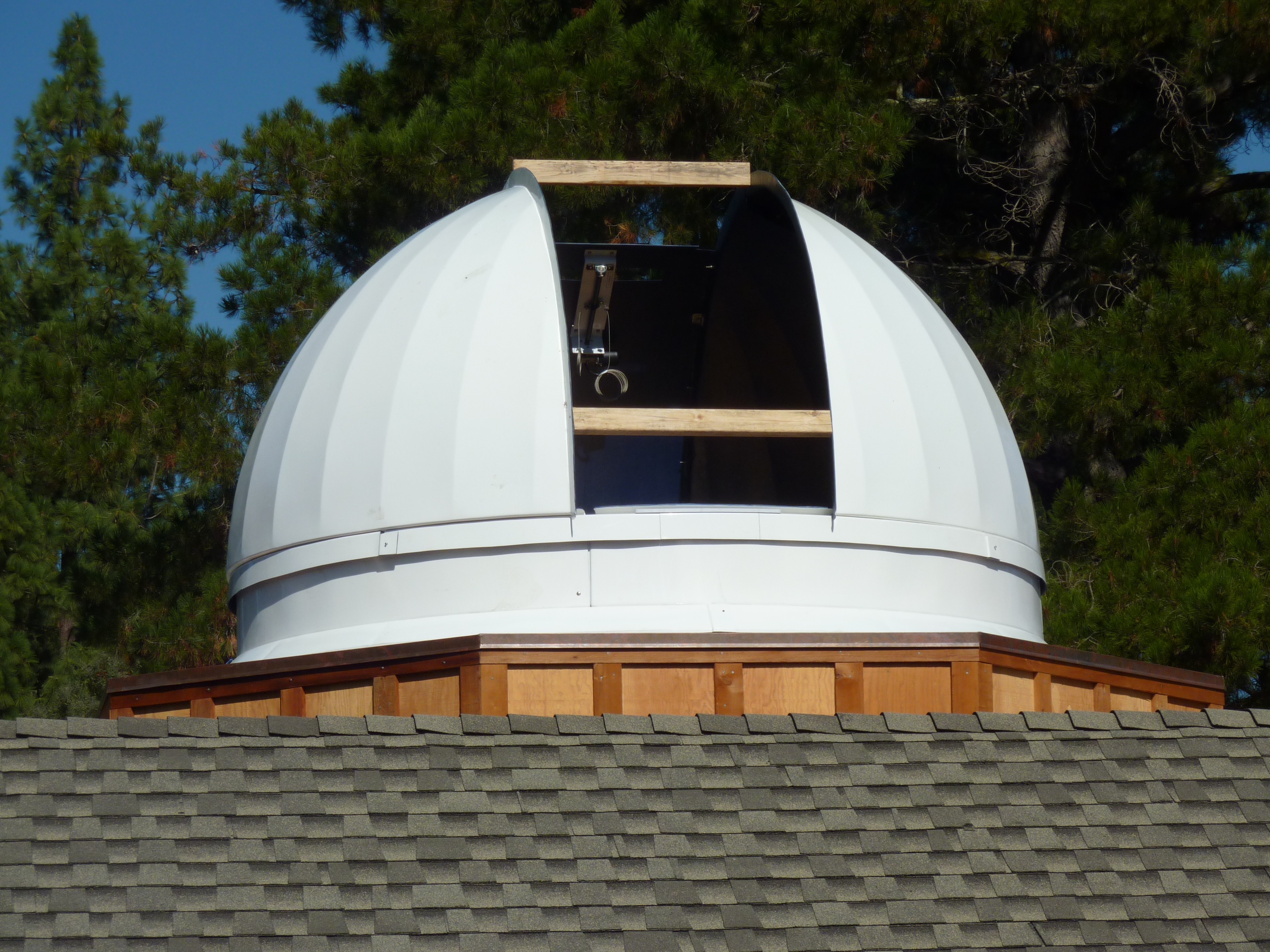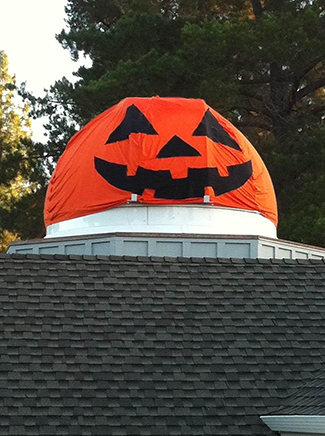Couple Builds Star-Gazing Observatory…on Top of their House
-
-
slice.mit.edu
Filed Under
Recommended

In Menlo Park, California, the suburban home of Michele Chan ’83 and David Liang ’81 stands out. On top of their garage sits a white domed observatory. Almost every night the alumni couple sit in their observatory to look up at the stars.
The observatory, which they have lovingly nicknamed the Dome, started as a fanciful daydream of Liang’s in the midst of their 2011 home renovation. “He talked to the architect who said, ‘Oh, I think it would be fun!’” recalled Chan.
Neither Liang nor Chan were astronomy majors at MIT; they were both Course 6. Building the Dome, “was really about exploring things that you just want to say, wow, I wonder what’s there,” said Chan.
Rather than build a costly custom dome, the couple ordered a fiberglass, pre-fabricated dome 10 feet in diameter. “It looks like the MIT dome,” said Chan.
Almost every clear night, the couple climb up a ladder, walk through a door, turn on their high-powered telescope, and open a shutter on the observatory roof for the telescope to go through. Chan likens it to a giant tube peaking through an opening in an oil drum.
Their telescope takes up most of the space in the observatory, but the couple also have two lawn chairs to sit as they star gaze. The observatory is wired for Ethernet, cable TV, and electricity, which allow them to easily rotate the dome to specific areas of the sky. Eventually they hope to control the telescope remotely.

The couple have observed Saturn’s rings, the Great Orion Nebula, Jupiter, and the moon. Nebulas are not visible to the naked eye, so Chan has enjoyed the experience of witnessing them for the first time. “A nebula looks like a smudge,” said Chan. “It’s kind of bluish, it just looks like a little bit of dust or clouds in the sky.”
Complete construction on the observatory took a matter of weeks, but the city pre-approval process took six months, which included securing approval from the town’s planning commission. When neighbors complained, city councilors pushed the plan through arguing that the observatory would be a colorful addition to the area.
And it has been. The couple live across from a middle school and regularly host students interested in astronomy. During major astronomical events like the Venus Transit and the Blood Moon, Chan and Liang frequently have received queries from neighbors.
“They ask if we’re looking at those events, and we always invite them to observe with us,” said Chan.








